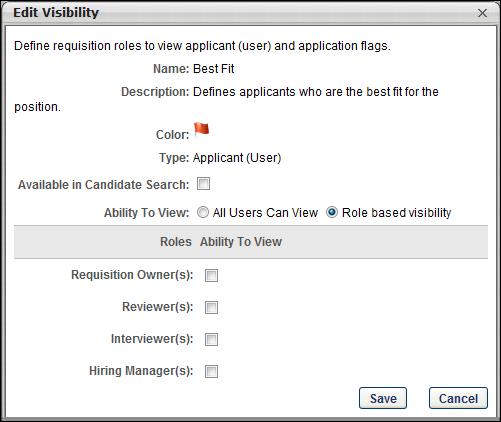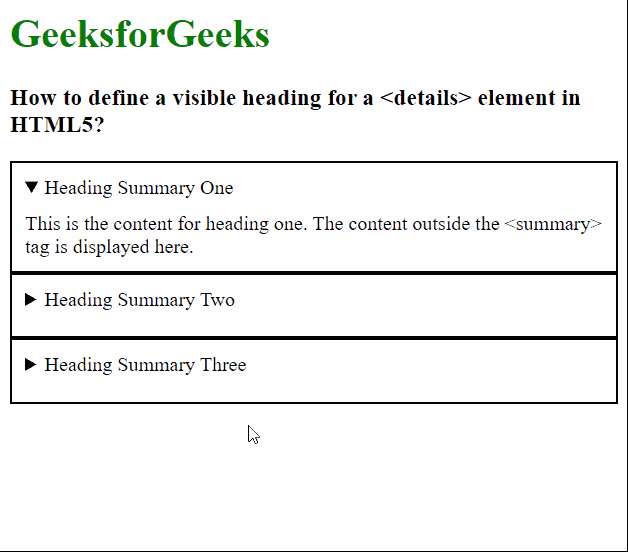

Focusing on this larger understanding (alongside more typical usability aspects and individual touchpoint design) provides strategic benefits for the business.īlueprints are treasure maps that help businesses discover weaknesses. Service blueprints give an organization a comprehensive understanding of its service and the underlying resources and processes - seen and unseen to the user - that make it possible. Service blueprints should always align to a business goal: reducing redundancies, improving the employee experience, or converging siloed processes.


For example, with a restaurant business, you may have separate service blueprints for the tasks of ordering food for takeout versus dining in the restaurant. Thus, for the same service, you may have multiple blueprints if there are several different scenarios that it can accommodate. Blueprinting is an ideal approach to experiences that are omnichannel, involve multiple touchpoints, or require a crossfunctional effort (that is, coordination of multiple departments).Ī service blueprint corresponds to a specific customer journey and the specific user goals associated to that journey. Similar to customer-journey maps, blueprints are instrumental in complex scenarios spanning many service-related offerings. Think of service blueprints as a part two to customer journey maps. What Is a Service Blueprint?ĭefinition: A service blueprint is a diagram that visualizes the relationships between different service components - people, props (physical or digital evidence), and processes - that are directly tied to touchpoints in a specific customer journey. Service blueprinting is the primary mapping tool used in the service design process. You can read this blog for more clarification.Service design is the activity of planning and organizing a business’s resources (people, props, and processes) in order to (1) directly improve the employee’s experience, and (2) indirectly, the customer’s experience. The range for which we can consider the visibility as restricted is the minimum range at which you can take effective avoiding action. So the IMO did not include the range for "restricted visibility" because same range cannot fit all the vessels. Same is the case with other rules like crossing situation. For example if there is a vessel on head on situation, the action as per "Head On" rule and as per "Restricted visibility" rule will be same. Because the rules are drafted in such a way that these do not contradict each other. If the visibility is less than this range, for you this will be "restricted Visibility".īut won't it be confusing when for other vessel may take the action as per rules "in sight of one another" and you take the actions as per "restricted visibility". For thinking of this range you might have taken into account the factors like normal ship's speed and traffic density etc. To understand this, can you think of a minimum range at which when you take action after detecting a target visually, the vessel will be safe ?

What visibility range we should consider for it to be "Restricted visibility"?."Why IMO did not include the range for "Restricted visibility" ?.The term ‘restricted visibility’ means any condition in which visibility is restricted by fog, mist, falling snow, heavy rain- storms, sandstorms or any other similar causes. As you would already know there is no range mentioned in the ROR for definition of "Restricted visbility".


 0 kommentar(er)
0 kommentar(er)
